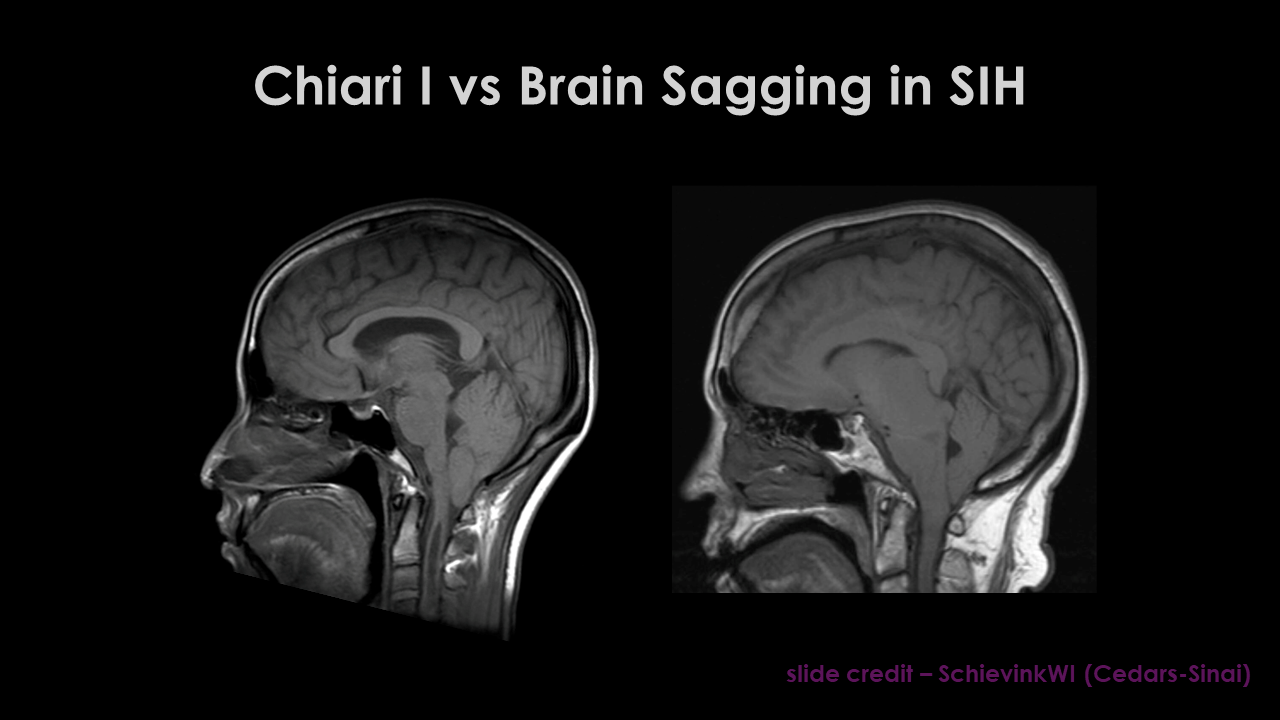

The Cedars-Sinai Sinus Center has extensive experience in the use of nasal endoscopy, which is much less invasive than traditional surgical methods.įor spinal CSF leaks that do not respond to bed rest and other conservative treatments, an epidural blood patch or epidural patching with fibrin glue are treatment options. While many CSF leaks heal on their own and require only a period of bed rest, patients with symptoms of the condition should still visit their physician due to the increased risk of meningitis that is associated with cranial CSF leaks.įor cranial cerebrospinal fluid leaks that do not respond to conservative treatments, surgery may be necessary to repair the leak. How is a cerebrospinal fluid leak treated? A CT scan, MRI, myelogram or a cisternogram can assist the physician in determining the location of the leak in either the cranial or spinal area. The pledget test, however, cannot be used to determine the location of the leak. Cisternogram, which can determine if there is abnormal cerebrospinal fluid flow within the brain or spinal canalĪ pledget test may be used to determine if a cranial CSF leak is occurring by placing small cotton pads (pledgets) in the nose.


The patient’s physician also may order tests to examine the condition of the brain and spinal cord. If the discharge can be collected, it is sent for laboratory tests to determine if it is cerebrospinal fluid.

If a cranial CSF leak is suspected, the patient’s physician may ask them to lean forward so they can observe if this increases the flow of nasal discharge. Experts such as those in the Cedars-Sinai CSF Leak Program can be pivotal in providing relief. A CSF leak can be difficult to detect, causing misdiagnosis or delayed diagnosis. Original article on is a cerebrospinal fluid leak diagnosed?ĭiagnosis of a CSF leak generally begins with a physical exam and history. It's never come back."įollow Marc Lallanilla on Twitter and Google+. "I was waiting for the dribble I was so used to it every day," he told Fox 10 News. The surgery usually involves repairing the hole in the leaking membrane the operation is performed through the nasal cavity in most cases and does not require cutting into the brain or skull.Īfter dealing with his runny nose for about 18 months, Nagy wasn't sure his operation would be successful. In Nagy's case, he had to be treated for his meningitis before doctors could operate on his CSF rhinorrhea. In some cases, the leaking can stop on its own, but there's a real danger in ignoring the condition: Left untreated, the cerebrospinal fluid can become infected with life-threatening meningitis. Peter Nakaji, neurosurgeon at Barrow Neurological Institute in Phoenix, told Fox 10 News. "This is one of the more common conditions to be missed for a long time … because so many people have runny noses," Dr. It can result from a severe head injury, complications from surgery or high pressure in the skull (intracranial pressure).īecause the brain produces roughly 17 ounces (500 milliliters) of cerebrospinal fluid each day, a runny nose caused by CSF rhinorrhea can be a seemingly endless problem.Īnd because a runny nose is such an ordinary complaint, most people ignore CSF rhinorrhea at first. "The fluid would come out like a puddle."ĬSF rhinorrhea is caused by a small tear or hole in the membrane surrounding the brain. "I knew it could not be allergies," the Arizona resident told. In 2012, after enduring a runny nose for months, Aundrea Aragon discovered she, too, had CSF rhinorrhea. And it's not as uncommon as you might expect, though still a rare medical condition. Nagy's medical condition is known as cerebrospinal fluid rhinorrhea, or CSF rhinorrhea.


 0 kommentar(er)
0 kommentar(er)
